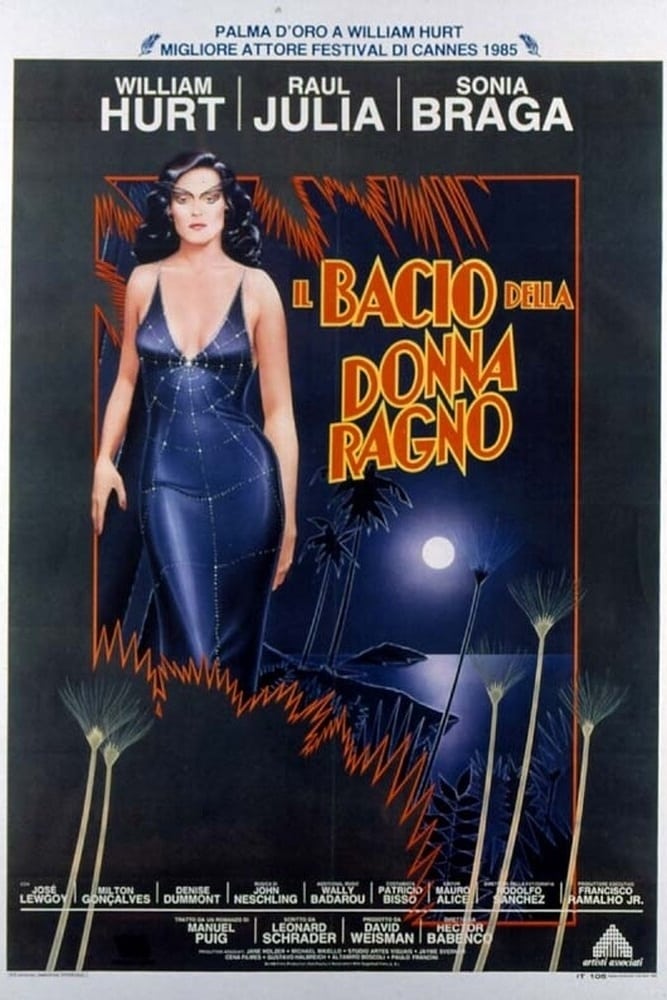

In Kiss of the Spider Woman, Molina is the spinner/weaver of webs, tales and suspense as he retells the films and lies as he ‘in league’ with the warden of the prison. The myth of Arachne is where she challenges the gods to a weaving competition, she loses and as a result of losing she is turned into a spider.

However, in Western Culture, Spider Woman was named Arachne, who was a ‘master weaver of Greek mythology … her story a morality tale’. That the warden is the opposite of Valentin’s definition of a man shows Valentin’s aversion toward the current power system in his country.Īccording to Matthew Teorey in Spinning a Bigendered Identity in Silko’s Ceremony and Puig’s Kiss of the Spider Woman, the Spider Woman in Native American tradition is the ‘creator of the universe and an important source of cultural wisdom and social values’.

The warden is how Manuel Puig defines masculinity because he is the only character in the book that truly holds power power not only over the prison system but specifically on Molina because we can see how he is the one to tell Molina to “stop your trembling” and to “weigh your words”. Other major themes include political psychology, film, love, and communism Likewise, Molina’s love of aesthetics and cultural life teaches Valentín that escapism can have a powerfully utopian purpose in life: escapism can be just as subversive and meaningful as overt political activity. Valentín, the Marxist protagonist, has risked his life and willingly endured torture for a political cause, and his example helps transform his cellmate into a citizen, someone who will enter the world. The novel is an indictment of a disengaged aesthetic perspective in the context of a world where people have to take sides.

It’s more like a piece of drama than a novel – then again, the author was a playwright. Molina, might be a revolutionary element in his own way. They deal with “perversions” as threats to the “basic repressive principles fundamental to the organization of capitalism.” They point to the need for men to liberate women locked in the dungeons of their psyche and restructure their views of sexual normality. They tend to appear at moments of misunderstanding between Molina and Valentín. I found the footnotes on Freud, Reich, Marcuse, Brown et al intensely annoying – in which order do you read them and the main text?


 0 kommentar(er)
0 kommentar(er)
